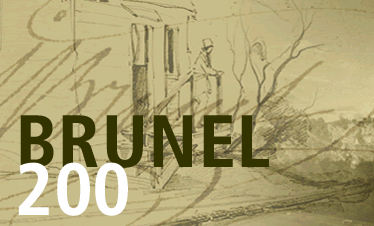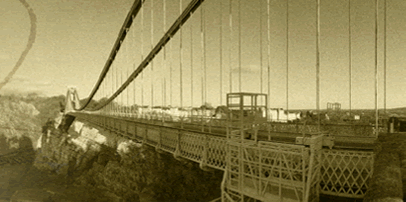








Architects of the day drew upon a number of stylistic revivals – including the Gothic, the Italian Renaissance and Byzantine-Romanesque – rather than developing a modern style for the modern age. This might partly be explained by the Victorians growing, first-hand exposure to a variety of examples of historic architecture through the expansion of the Empire and the increase in world travel. Such styles were also in keeping with the Victorians’ interest in ancient civilisations and medievalism.
However, the revivalism was not necessarily a reaction against
industrialisation. Materials and building technology had all advanced with the mass production of iron, steel and glass and the new manufacturing techniques, and these were readily employed. A building might be faced in stone or brick, for example, but the structure relied upon steel girders, and the production and transportation of the materials used in the traditional façades would also have been made easier by the innovations.
During this period, there was not the degree of specialism that is now apparent in the different fields of engineering and between engineering and architecture. There was an interconnection between the aesthetic and the technological, and a collegial spirit among different practitioners. L.T.C. Rolt argued that none of the eminent engineers who followed Brunel could ever hope to match his versatility because they lacked his breadth of intellect and imagination, which were typical of his age. He wrote:
In Brunel’s day engineering, a word which embraced both the civil and the mechanical, that distinction having only just emerged, was still the twin sister of art…
Referring to the revivalist detailing in Brunel’s structures, Rolt wrote:
It is perfectly true that Brunel used past architectural styles with great freedom and in great variety. On the Great Western between London and Bristol alone there are to be found Moorish, the Egyptian, the Italianate, the Classic, the Tudor and the Gothic, but the spirit in which he used them was at the opposite pole from the escapist, antiquarian romanticism of the later 19th century. For Brunel the past was not something to sigh nostalgically about. It was something to admire and to learn from, yes, but he never doubted his capacity to improve upon it and if he failed in his adaptations of old styles to new purposes it was not through timidity but through over confidence in his own powers.
